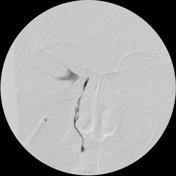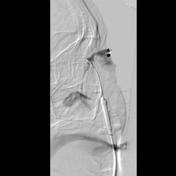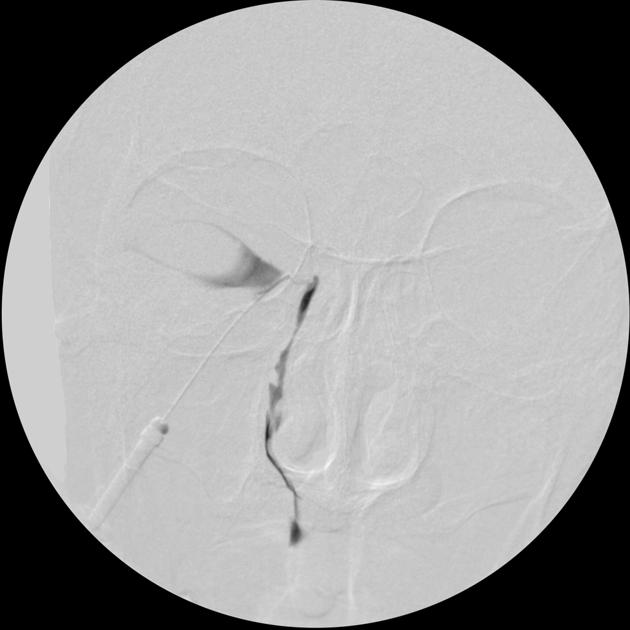Presentation
Tearful eye.
Patient Data
Age: Adult
From the case:
Dacryocystogram




Download
Info

Normal dacryocystogram, with free passage of contrast from the right inferior canaliculus into the nasal passage.
Case Discussion
Although intimidating to both radiologist and patient, dacryocystograms are simple to perform and generally simple to interpret, provided an understanding of the normal anatomy of the nasolacrimal duct is appreciated.




 Unable to process the form. Check for errors and try again.
Unable to process the form. Check for errors and try again.